The Saddlery is a listed south London home that nods to its past and looks to the future
The Saddlery by Studio Octopi is a project adding a playful green rear extension to a Grade II-listed cottage in south London
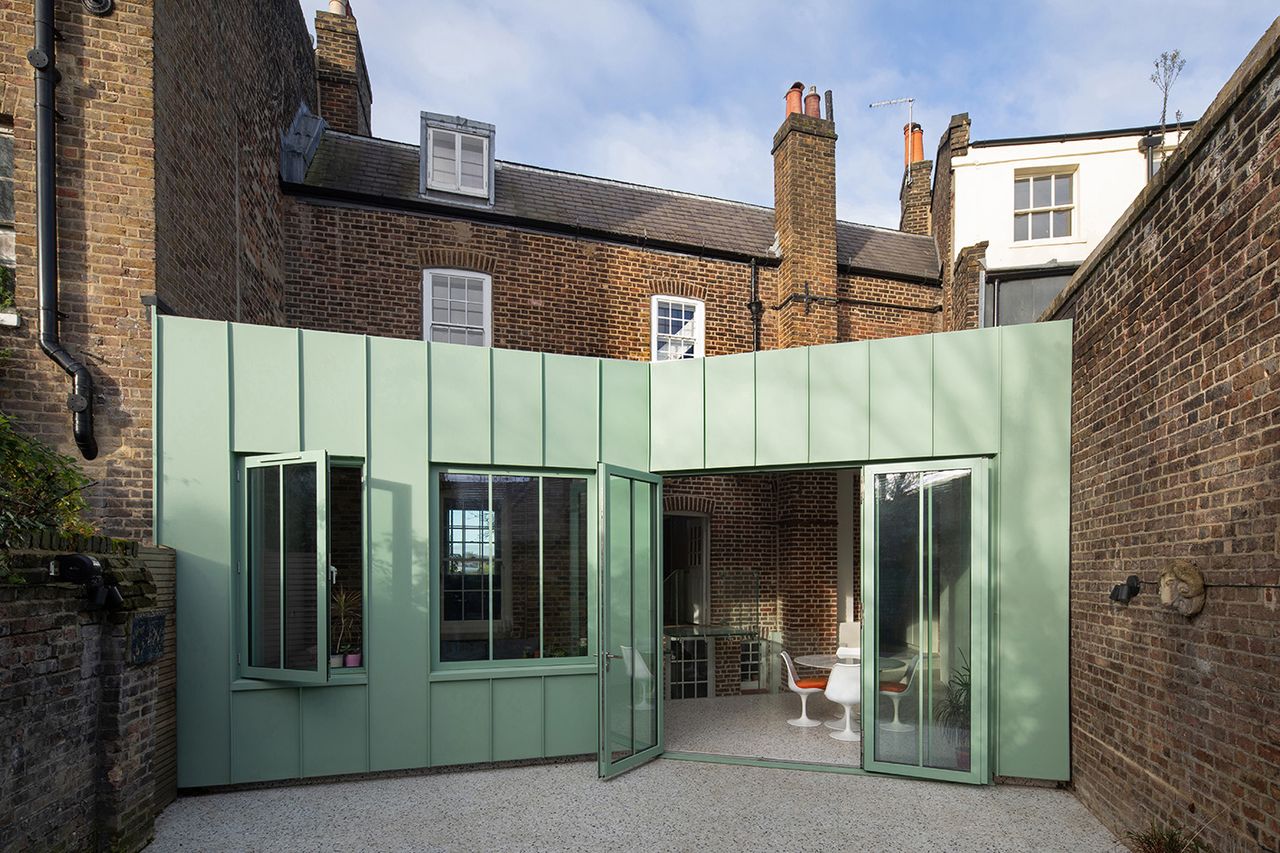
The Saddlery is a project enriching a Grade II-listed late Georgian house in Blackheath Village in south London. Architecture practice Studio Octopi was called upon to create a single-storey, full-width rear extension to a family home – a seemingly simple brief to which the architects responded with flair and imagination, crafting a green, metal-clad volume at the property's garden side. At the same time, they composed a dramatic, gallery-like interior behind it, revealing both contemporary elements and the historic home's period textures.
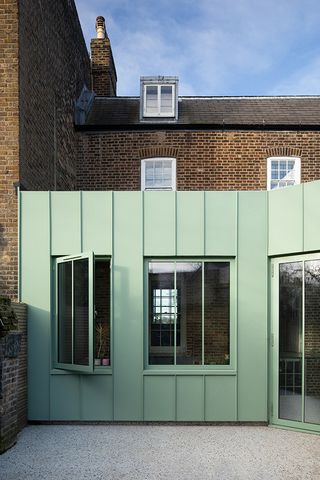
The Saddlery: bridging old and new
Initially built in 1808 and enviably facing the green expanses of Blackheath, the original house was of modest – yet balanced – proportions and, occupied at some point by a master farrier, had become known as the ‘saddlery’ since the 1840s.
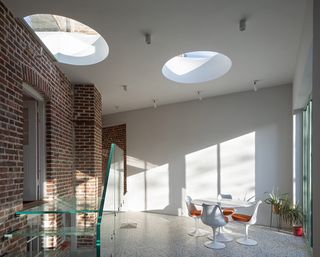
It was at that time that an alleyway next to the residence was infilled to add to its size, taking it from a three-bay to an asymmetrical four-bay house. In the years to come, the property underwent further changes, including damage caused during the Blitz and alterations to its doors and structural buttresses.
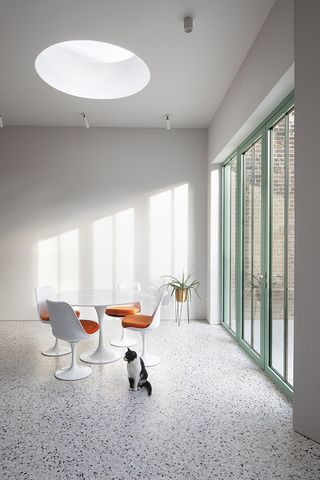
Inheriting the home, the current client approached Studio Octopi with a commission for extra space for entertaining – a flagship room that would become both a showpiece and the living, beating heart of the home for receiving guests and family.
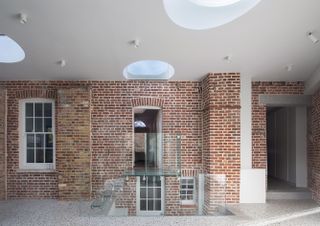
While the architects' brief was to focus on the new elements only, it was important to address the structure as a whole in their solution and volume composition. 'There are no alterations to the basement, raised ground or upper floors. Critical to the design solution was the need to rationalise the levels, restore the rear elevation and make sense of the four doors from the house into the garden,' the team write.
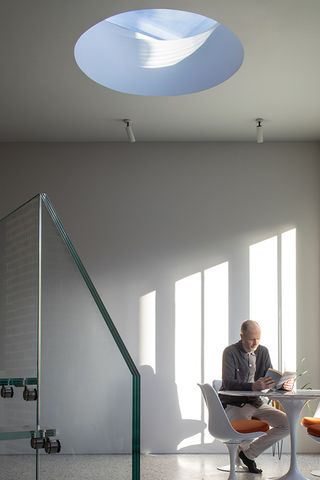
Working with heritage and planning constraints to sculpt their volume, the architects added a smart, green steel cladding, 'chosen as a counterpoint to the red brick of the original house'. This also now provides a secondary entrance to the house.
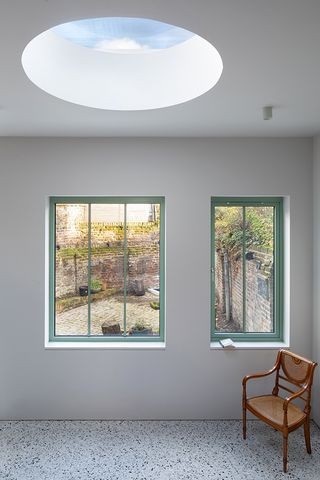
Inside, a glass staircase connects the extension with the existing, raised ground floor level. Round, feature openings on the ceiling help bathe the interior in natural light, at the same time adding drama to the space.
Wallpaper* Newsletter
Receive our daily digest of inspiration, escapism and design stories from around the world direct to your inbox.
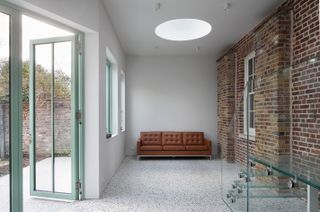
Modern materiality is also expressed through the granite step and load-bearing granite lintels on the extension's enlarged openings.
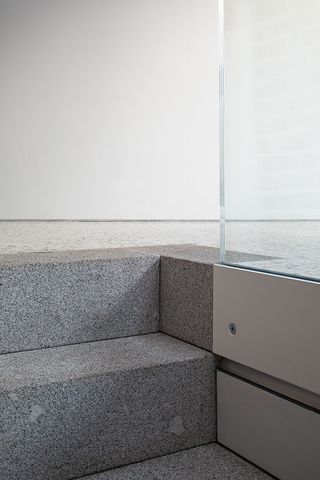
Ellie Stathaki is the Architecture & Environment Director at Wallpaper*. She trained as an architect at the Aristotle University of Thessaloniki in Greece and studied architectural history at the Bartlett in London. Now an established journalist, she has been a member of the Wallpaper* team since 2006, visiting buildings across the globe and interviewing leading architects such as Tadao Ando and Rem Koolhaas. Ellie has also taken part in judging panels, moderated events, curated shows and contributed in books, such as The Contemporary House (Thames & Hudson, 2018), Glenn Sestig Architecture Diary (2020) and House London (2022).
-
 Step inside this Upper East Side jewel box apartment
Step inside this Upper East Side jewel box apartmentThis radiant Lexington Avenue home is a harbinger of good things for the Upper East Side, and the latest focus of The Inside Story, our series spotlighting intriguing and innovative interior design
By Anna Solomon Published
-
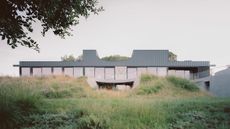 A new hilltop California home is rooted in the landscape and celebrates views of nature
A new hilltop California home is rooted in the landscape and celebrates views of natureWOJR's California home House of Horns is a meticulously planned modern villa that seeps into its surrounding landscape through a series of sculptural courtyards
By Jonathan Bell Published
-
 Is a tiny tattoo the best holiday souvenir? Kimpton Hotels think so
Is a tiny tattoo the best holiday souvenir? Kimpton Hotels think soIn partnership with Tiny Zaps, Kimpton Hotels is bringing city-inspired tattoo pop-ups to five U.S. locations
By Sofia de la Cruz Published
-
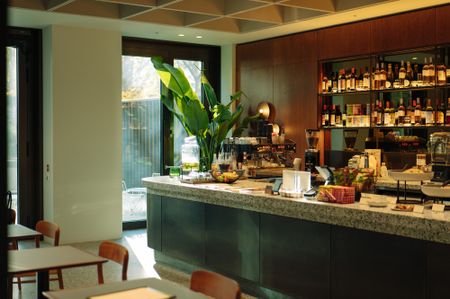 Are Derwent London's new lounges the future of workspace?
Are Derwent London's new lounges the future of workspace?Property developer Derwent London’s new lounges – created for tenants of its offices – work harder to promote community and connection for their users
By Emily Wright Published
-
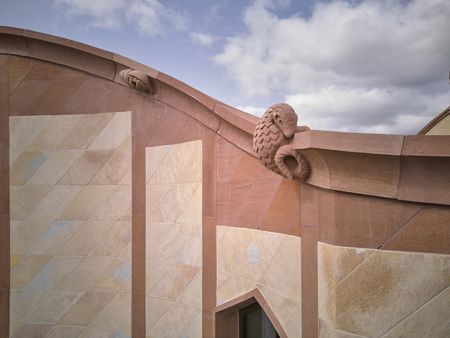 Showing off its gargoyles and curves, The Gradel Quadrangles opens in Oxford
Showing off its gargoyles and curves, The Gradel Quadrangles opens in OxfordThe Gradel Quadrangles, designed by David Kohn Architects, brings a touch of playfulness to Oxford through a modern interpretation of historical architecture
By Shawn Adams Published
-
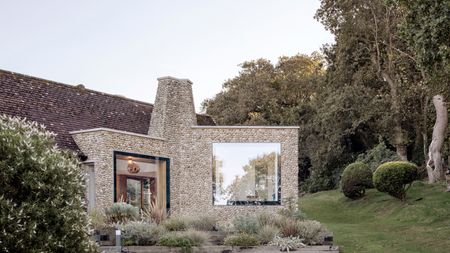 A Norfolk bungalow has been transformed through a deft sculptural remodelling
A Norfolk bungalow has been transformed through a deft sculptural remodellingNorth Sea East Wood is the radical overhaul of a Norfolk bungalow, designed to open up the property to sea and garden views
By Jonathan Bell Published
-
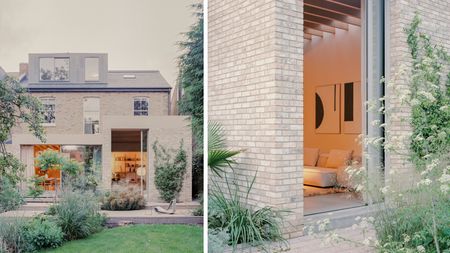 A new concrete extension opens up this Stoke Newington house to its garden
A new concrete extension opens up this Stoke Newington house to its gardenArchitects Bindloss Dawes' concrete extension has brought a considered material palette to this elegant Victorian family house
By Jonathan Bell Published
-
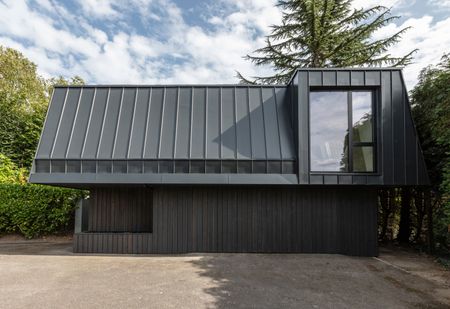 A former garage is transformed into a compact but multifunctional space
A former garage is transformed into a compact but multifunctional spaceA multifunctional, compact house by Francesco Pierazzi is created through a unique spatial arrangement in the heart of the Surrey countryside
By Jonathan Bell Published
-
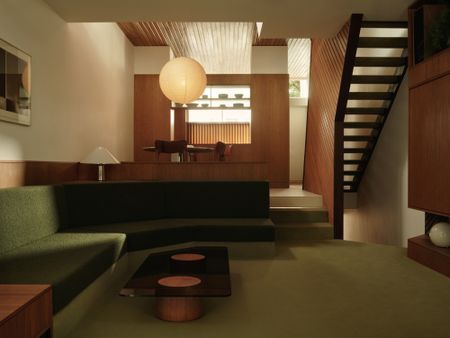 A 1960s North London townhouse deftly makes the transition to the 21st Century
A 1960s North London townhouse deftly makes the transition to the 21st CenturyThanks to a sensitive redesign by Studio Hagen Hall, this midcentury gem in Hampstead is now a sustainable powerhouse.
By Ellie Stathaki Published
-
 Manchester United and Foster + Partners to build a new stadium: ‘Arguably the largest public space in the world’
Manchester United and Foster + Partners to build a new stadium: ‘Arguably the largest public space in the world’The football club will spend £2 billion on the ambitious project, which co-owner Sir Jim Ratcliffe has described as the ‘world's greatest football stadium’
By Anna Solomon Published
-
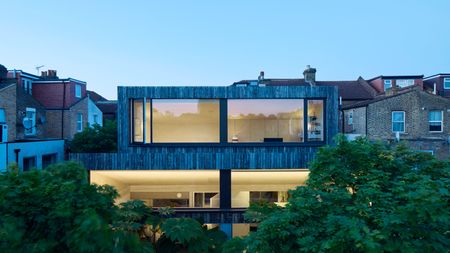 An architect’s own home offers a refined and leafy retreat from its East London surroundings
An architect’s own home offers a refined and leafy retreat from its East London surroundingsStudioshaw has completed a courtyard house in amongst a cluster of traditional terraced houses, harnessing the sun and plenty of greenery to bolster privacy and warmth
By Jonathan Bell Published